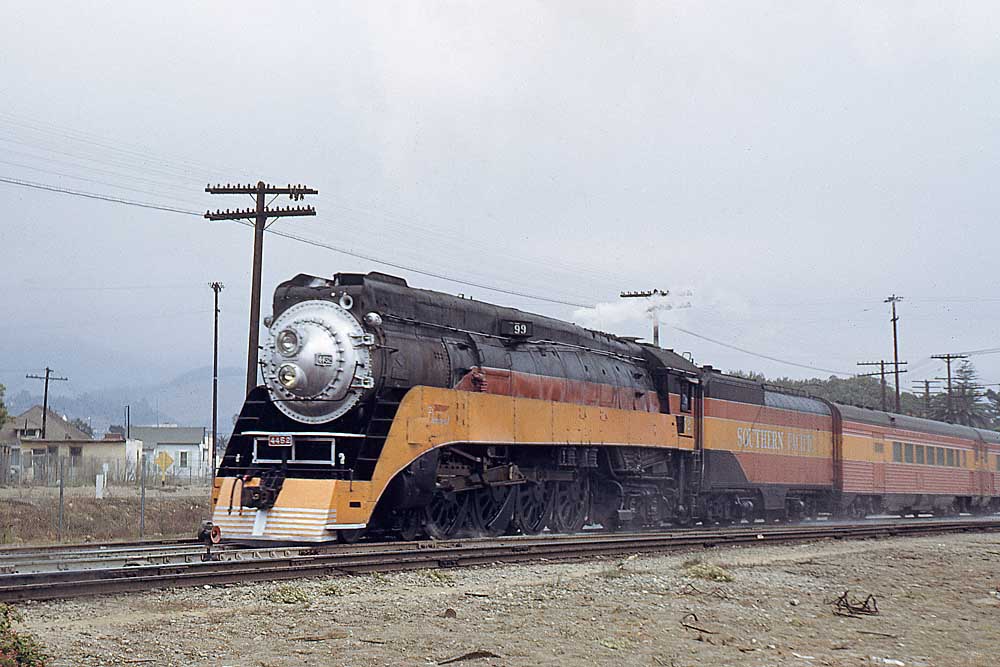
When first introduced, the Southern Pacific Daylight passenger trains shined through the dark days of the Great Depression. From the Pacific coast of California to the Heartland of Texas, learn which services flashed in the distinctive red and orange color scheme. Coast Daylight It’s easy to forget that the name “Daylight” already graced the SP […]
Read More…
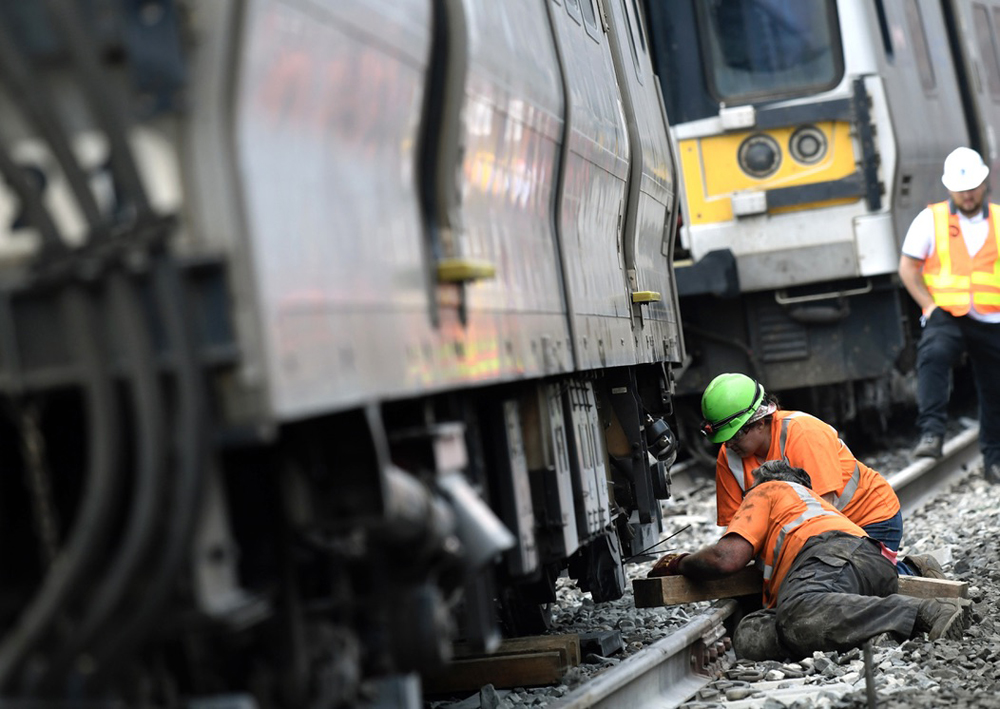
Railroading Railroading is violent business. Freight cars coupling sound like small explosions, diesel engines reverberate like distant thunder, and horns at grade crossings are so loud that even deaf people can feel them. So, with all of this violent sound going on, how do you get the attention of a railroader at work? Use more […]
Read More…
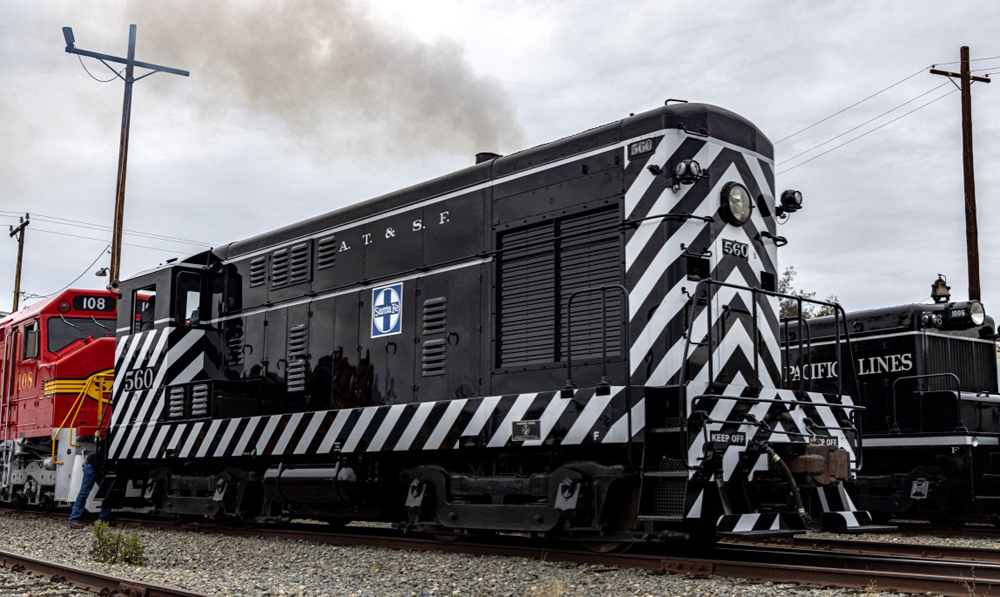
Diesel locomotives Elvis Presley may have had just one broken heart for sale back in 1963, but when it comes to the number of types of diesel locomotives built in the last three decades that you can find on most Class 1 railroads, the right number is five: switchers, light road-switchers, medium road-switchers, high-horsepower road-switchers, […]
Read More…
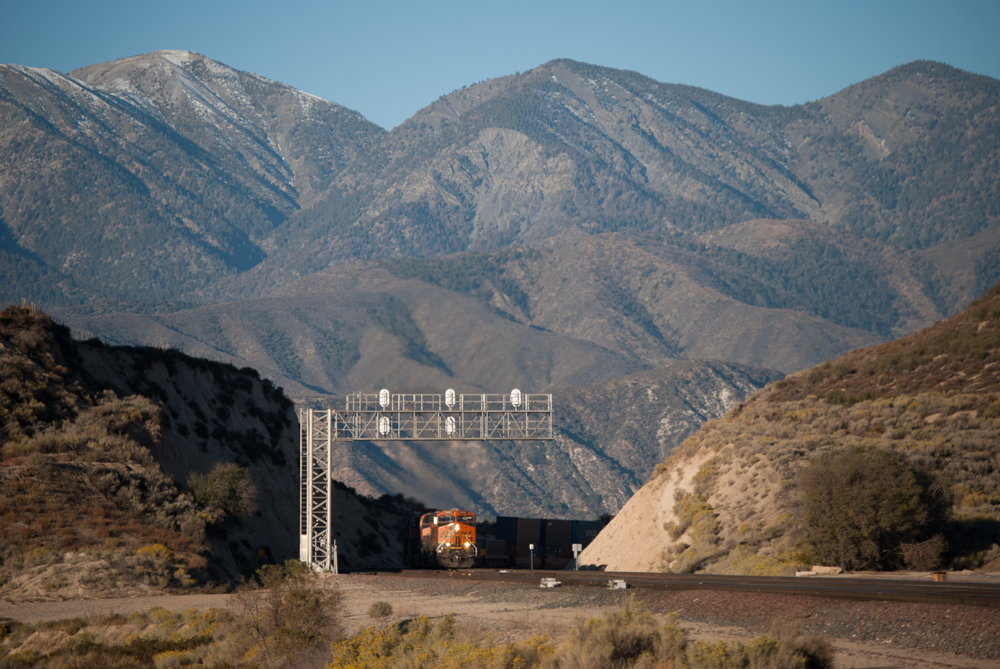
The dynamics of dynamic braking A half-century ago, when diesel locomotives were replacing steam engines, a revolutionary breakthrough — dynamic braking — was making freight operations safer and more efficient. Dynamic braking is the method of train braking whereby the kinetic energy of a moving train is used to generate electric current at the locomotive […]
Read More…
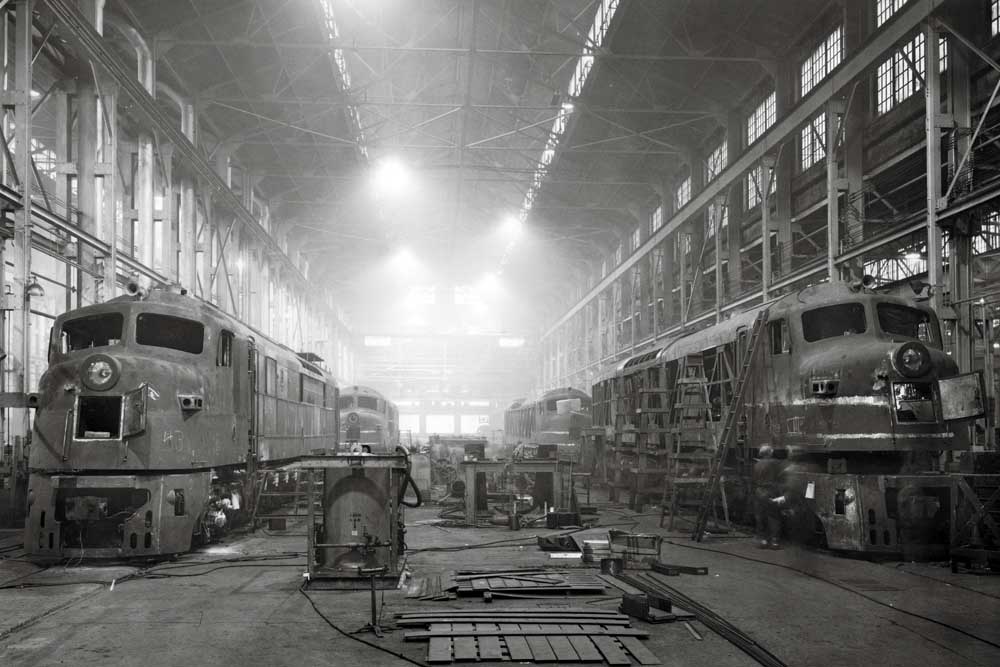
Diesel locomotive builders 1. American Locomotive Company For many years after World War II, Alco — the American Locomotive Company — was the second place diesel builder in the United States. The company’s history as a steam locomotive manufacturer dates from 1901. The Schenectady, N.Y.,-based firm began producing its first diesels in conjunction with suppliers […]
Read More…
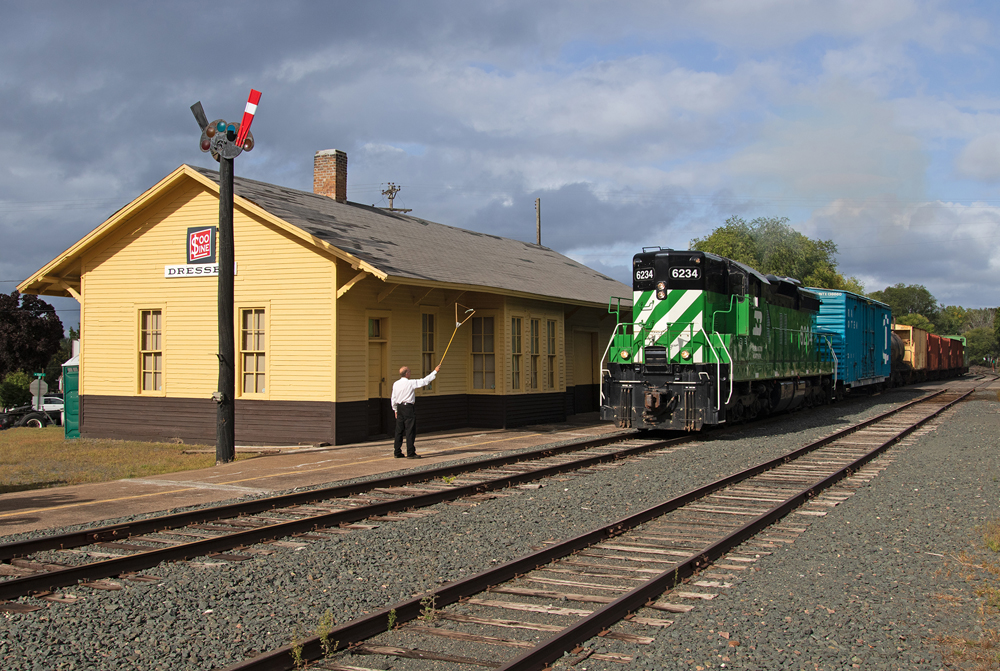
Train orders The train order, variously called the “flimsy” or the “tissue” — together with its attendant operators, train order offices, and order hoops — has been rendered obsolete by the radio, the computer, and amended work rules. With its passing in the late 1980s, so did a whole concept of railroad traffic control that […]
Read More…
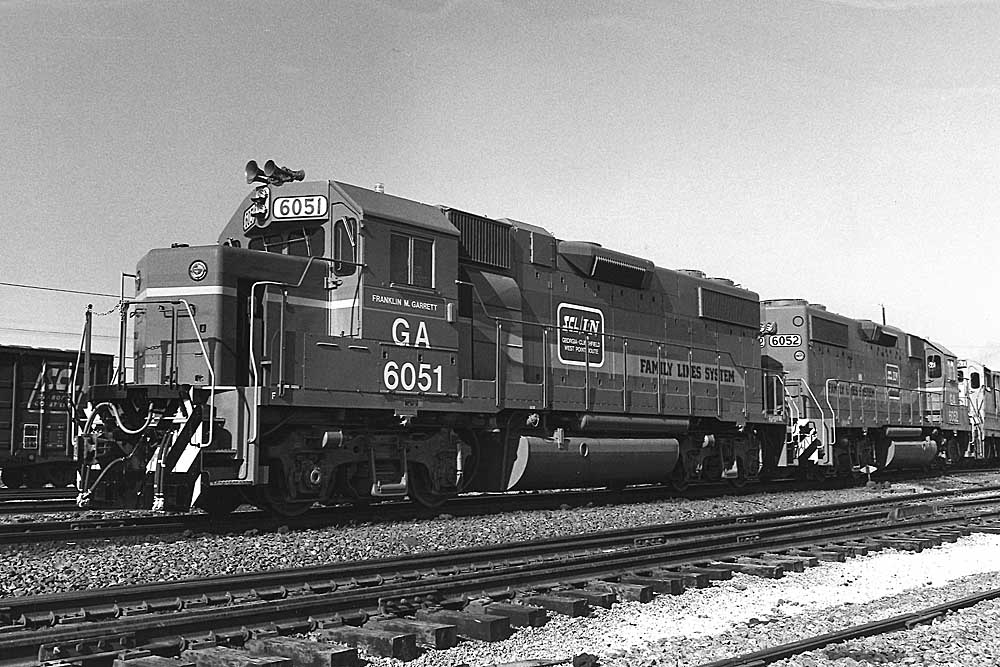
Railroad reporting marks Railroad cars are identified by two, three, or four letters and by a number of up to six digits. The letters, known as reporting marks, indicate the owner of the car, while the number places it in the owner’s fleet. Reporting marks ending in X indicate ownership by a private concern as […]
Read More…
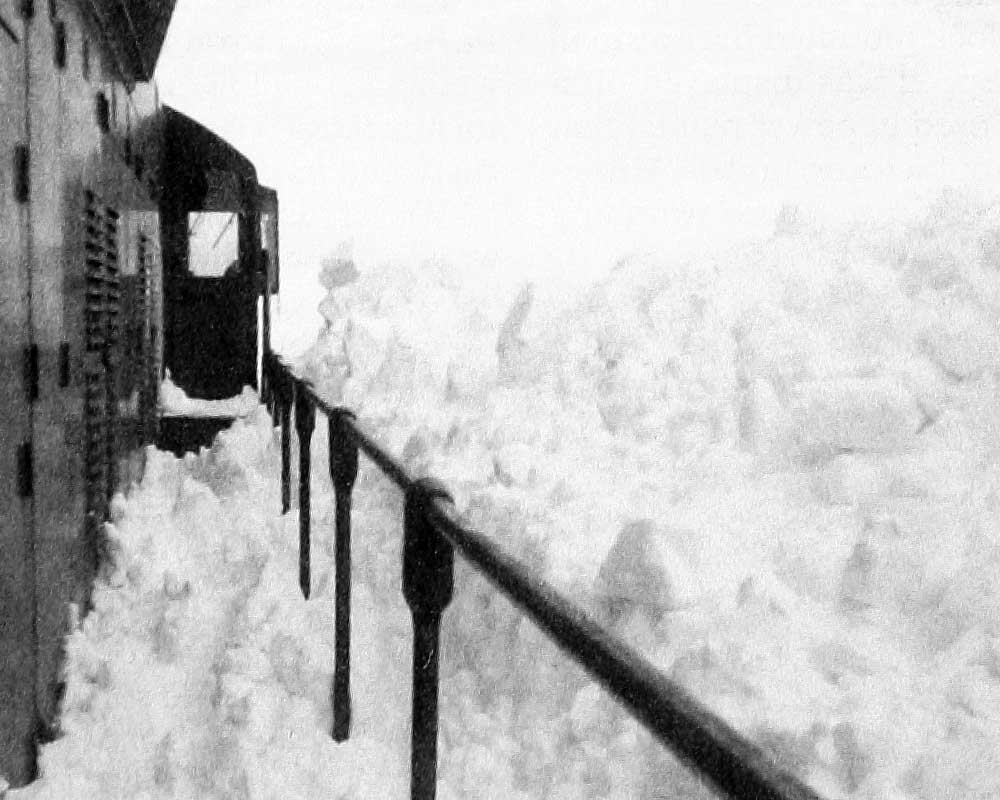
The year was 1978, and I was an assistant roadmaster for the Burlington Northern out of Lincoln, Neb. Through February, the winter weather had been mild and dry, and I’d mostly been overseeing repairs to several sets of outfit cars used to house production gang workers. On the first Tuesday of March, however, a […]
Read More…
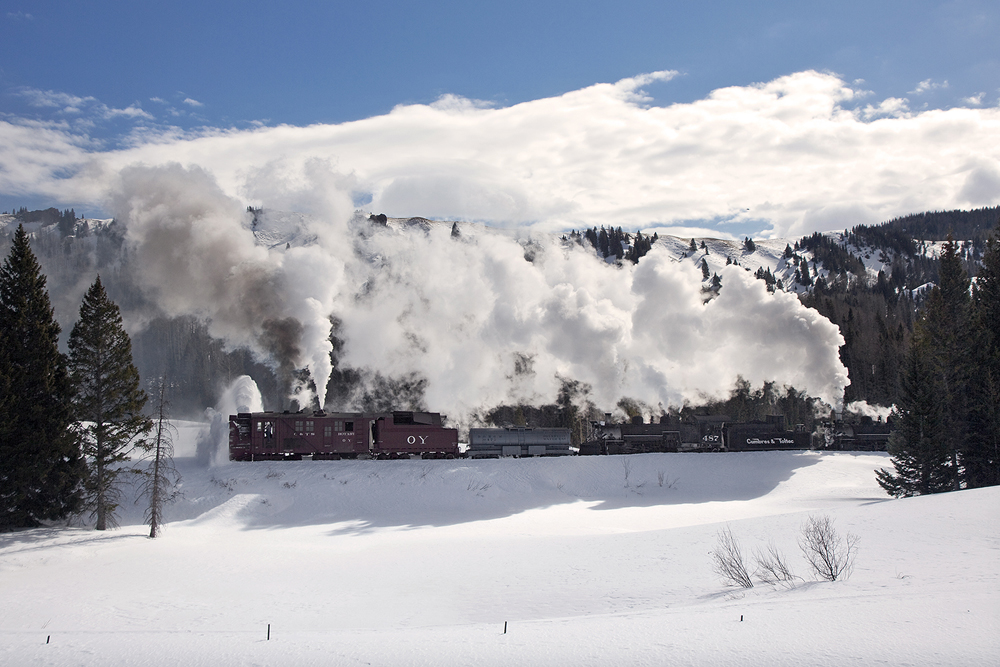
Rotary snowplow Snow … There are few things that mother nature can throw at the unsuspecting railroader that can wreak such havoc on operations. Those pretty little white flakes can blanket a landscape under an impenetrable frozen glaze, jamming the network and shutting down the main line. Fortunately, there are some tools in the railroader’s […]
Read More…
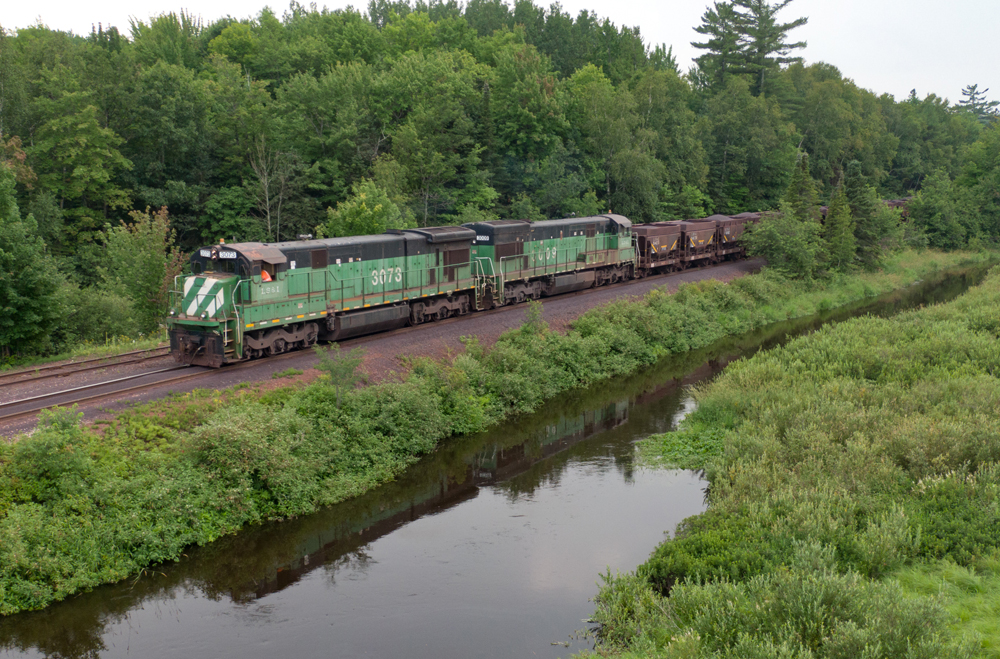
General Electric’s U30C Up in the north woods of Michigan’s Upper Peninsula sits the last serviceable U30C — LSI No. 3009, dead and drained outside Lake Superior & Ishpeming’s diesel shop in Eagle Mills. This locomotive and its cousin, LS&I C30-7 No. 3073, had been filling in on ore trains when not enough LS&I AC4400CWs […]
Read More…
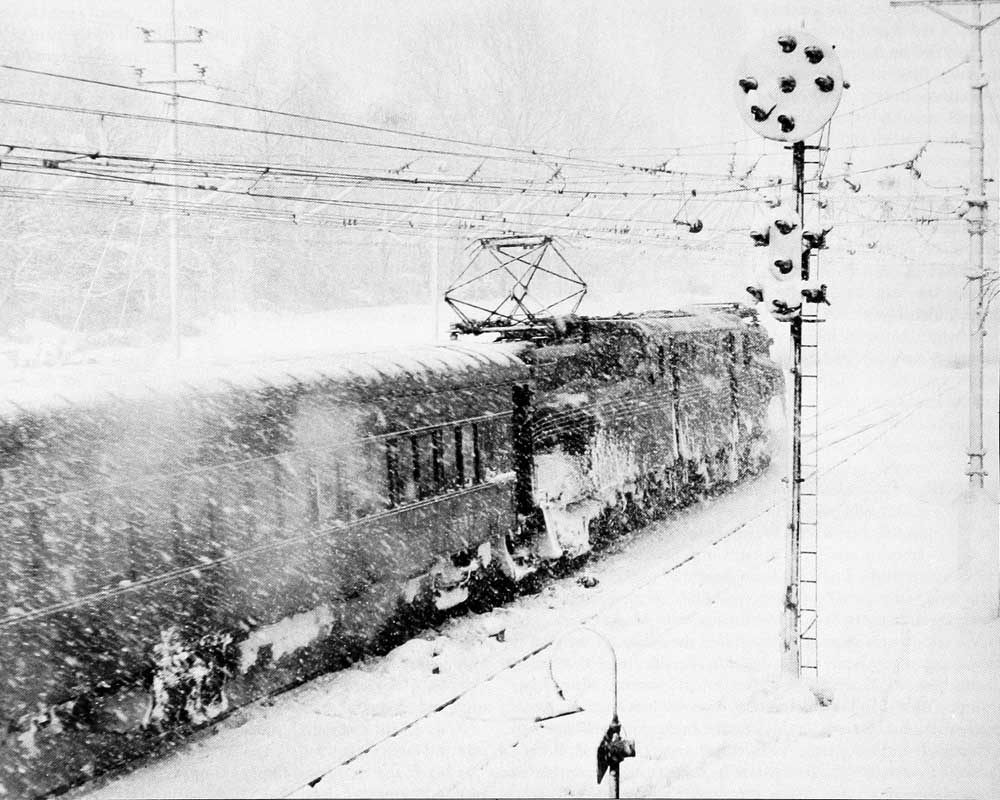
I became a railfan at age three, near the end of World War II. Awaiting the return of my naval officer father, I sat in our West Philadelphia kitchen window facing one of the busiest divisions of the Pennsylvania Railroad — the four-track electrified main line to Harrisburg. The parade of wartime tonnage, plus express […]
Read More…
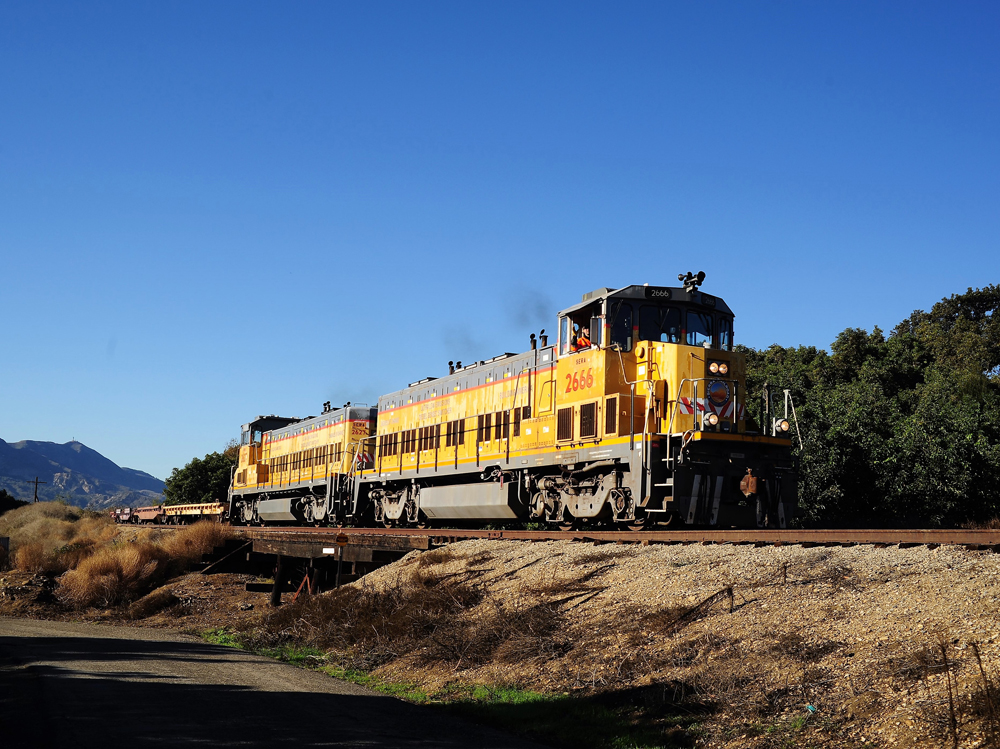
Shortline railroading For many independent shortline operators, staying fiscally sound today means disregarding so much of what was once a winning formula. You know, picking up freight cars at the interchange and delivering them to customers, then dropping off outbounds back at the end of the workday before heading to the barn. If all went […]
Read More…












